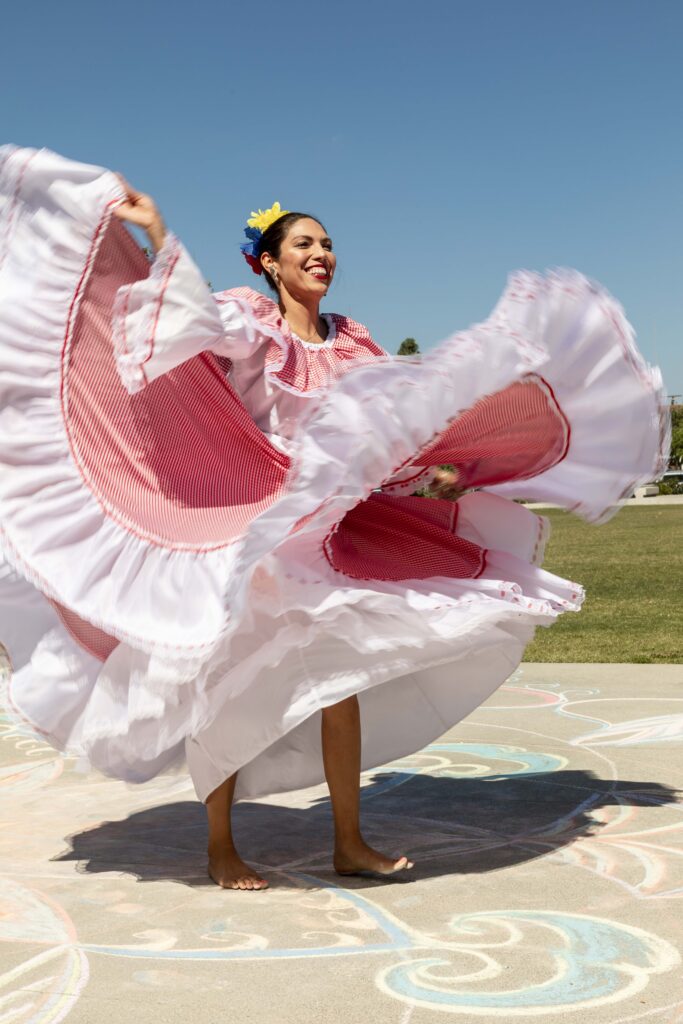As Vice President of Arts Midwest, I have the almost daily pleasure of introducing our commitment to Midwestern creativity. In conversations with partners, donors, and colleagues, I get to share what we do, why we do it, and where we are headed as an organization.
My introductions always share our strategy frame, which guides both our long-term strategies and our day-to-day work:
- Our mission is to build unprecedented opportunity across the Midwest by advancing creativity.
- We are guided by three core values: togetherness, integrity, and learning.
- We focus on three areas: support, inform, and celebrate.
- Our vision is a future in which Midwestern creativity powers thriving, entrepreneurial, and welcoming communities.
Today, I’m excited to introduce another component of this strategy – our Theory of Change.
What is a Theory of Change?
There are some incredible resources out there about theories of change, how they help organizations understand their impact, and how to go about creating one. While I won’t try to replicate that great work here, I will share what a Theory of Change means to Arts Midwest.*
For us, a Theory of Change is a tool that maps what success looks like and how we might get there. It names what we do, how we do it, and what impact we expect our efforts to have. We’re using it to deepen our internal and external understanding of how our strategies lead to results.
*Of note – this definition borrows from the insights of smart folks like the Annie E. Casey Foundation , Learning for Action, and our friends and colleagues at the Wilder Foundation, who were key partners to Arts Midwest in this process.
Our Process
Developing Arts Midwest’s Theory of Change was a labor of love.
Our team began this work in 2020, during the early days of Torrie Allen’s leadership as our President and CEO, before the pandemic reshaped our organization and our industry, and before we developed our new strategic direction.
Over those four years, it has been a living draft. We’ve adjusted it in response to community surveys and feedback, incorporated new programmatic commitments, and updated it to reflect our evolving understanding of how we can best serve the Midwest.
We learned a lot in that process. We had messy conversations about where we are headed and how we might get there. We got stumped asking big questions about how we might track our progress and how you can (or can’t measure) the impact of arts programs and experiences. And we sat in a vulnerable space, examining what we hold on to from our past and what’s ready for reimagining.
While this document will never really be done, we’re eager to invite you into this process of learning and evolving.
Our Results
Arts Midwest’s Theory of Change begins with our mission and values. They form both our starting point and our filter– what we’re up to and how we agree to work together.
From there, we name how our focus on supporting, informing, and celebrating Midwestern creativity shapes our investments, our work to nurture growth and connection among Midwestern creatives, and our commitment to championing this region.
We then name six outcomes. We share that we’re working toward more – and more equitable – funding for the region, stronger arts leaders, and a greater collective understanding of just how amazing the Midwest is.
These outcomes hold us accountable and keep us humble. They’re aspirational. And they hint at the long, unchartered course ahead.
The Theory of Change ends with our vision that Midwestern creativity powers thriving, entrepreneurial, and welcoming communities. This vision stands proudly as that distant horizon line, keeping us focused on our goals and next steps.
What’s Next
We know that doing our best work means building on our past, welcoming new ideas, and making edits along the way. As a living document, our Theory of Change will continue to change and evolve alongside our work.
We invite you to join us in advancing creativity and cultural enrichment across the Midwest. Together, let’s work towards a more vibrant and welcoming Midwest.
Download our Theory of Change

